I had the privilege of meeting fellow Canadian author, Linda Ford, a few years ago at an American Christian Fiction Writers’ Conference. Then our paths crossed again in 2010 when her flight to another ACFW conference had a connection in Toronto, and we actually ended up on the same plane one seat in front of the other!
I remember that year well, because it was my first conference as a contracted author! Linda was already writing for Love Inspired Historicals so our paths crossed often that weekend at various meet and greets.
She’s shared much writing wisdom with me since, and was an awesome supporter of my debut launch.
Since I used a question from her latest release, The Cowboy Tutor, on Monday’s blog, I invited her to share how she came to write the series. Take it away Linda…
I’m not sure what got me started on the idea of these stories. My brainstorming file suggests I was concerned with the circumstances of young women during the Depression.
First, in Canada we also call it the Dirty 30s (because of the violent dust storms.) I thought everyone was familiar with the term but my editors weren’t.
Groceries came wrapped in brown paper, tied with string. The paper was folded carefully and used over and over. The string was added to the ball kept in the kitchen drawer and rationed for use.
But then the rains failed to come. The land dried up and contributed to dreadful dust storms. The settlers walked away leaving the banks with unpaid mortgages and loans.
The government bailed them out and took over ownership of the land. The people of the area still face many of the same challenges of the Dirty Thirties.
As my family drove along the various roads there were many empty farm sites. Some were only an empty cellar but there were leaning barns and weather-worn houses. I never saw any of these without wondering what had happened to the people who once owned them.
I would get lost in imagining their struggles, their disappointment, and lost dreams.
Sandra again, thanks so much for visiting with us today, Linda. I enjoyed having a glimpse into your creative process, and the extensive background work and research that contributed to the story’s realism.
Your turn: Do you have any questions for Linda?


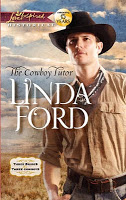
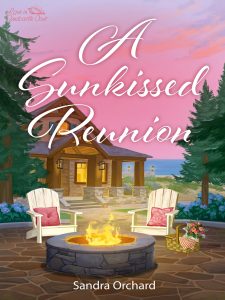

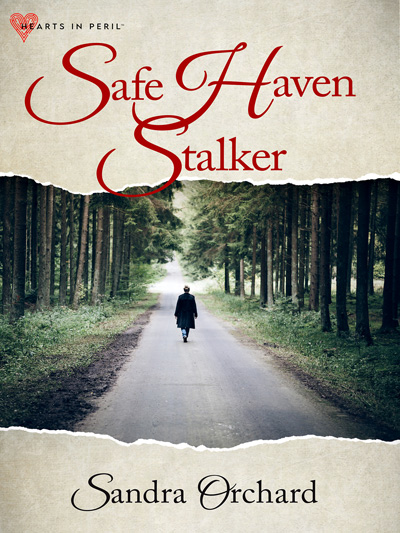
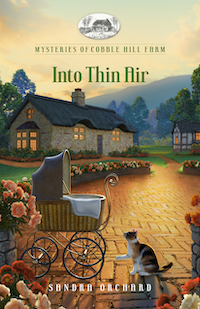
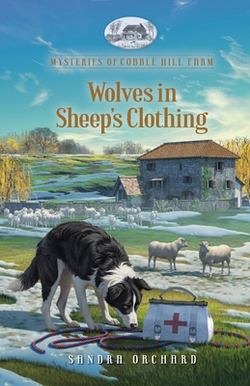
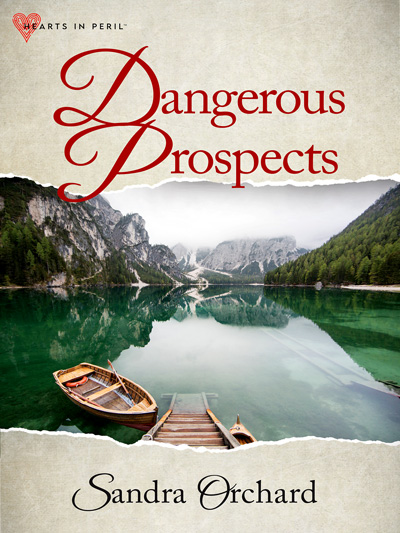


 RSS - Posts
RSS - Posts



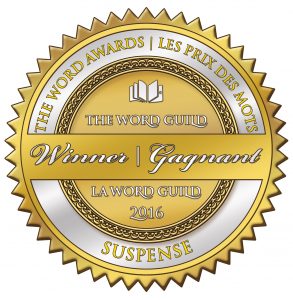
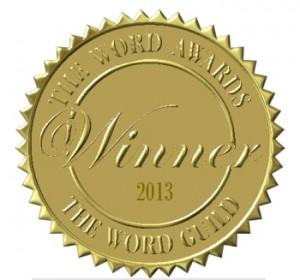

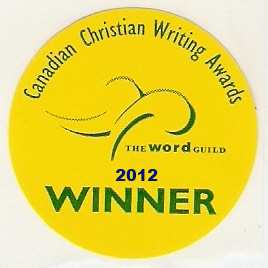

So nice to meet you, Linda. Fascinating story. I’ll put your book on my TBR list.
Thanks for hosting, Sandra!
Wow, fascinating tidbits there. As I was reading, I was thinking that our grandparents invented recycling and upcycling! LOL. How interesting that in the 21st century we’ve re-invented what they knew all along!
Definitely have to buy this book now.
Hi Loree, I hope you enjoy the story.
Kav,
I think our grandparents would put us to shame with recycling. Unfortuantely some of them never got over the fear of being without and turned into hoarders of sorts.
Sandra/Linda….have really enjoyed this post/interview! Am sure I will enjoy your book as well and will it on my TBR list!!!
Thanks, Jackie.
I have a writing question for you, Linda. When you write a novel, do you do a fast and dirty draft to get the story down on paper before editing, or do you edit as you go along? Also, how much time do you spend contemplating what the story will look like–characters, plot points, theme–before you actually start writing?
Thanks so much for joining us today!
Sounds like a fantastic read. The Depression Era has long been interesting to me too. I read The Worst Hard Time – a nonfiction about the dust bowl during that era – and I couldn’t believe what the people in that area of America went through.
Wow, Sandra,
Good questions with no easy answers! I say I do a fast, first draft. I write furiously for 3 to 4 weeks to get a draft down. Each morning, I read over what I did the night before to get back into the story so do some edits then. I like to think my fast, first drafts are getting better the longer I write. But if so it’s because the answer to your other question is I spend a lot of time developing the idea. Before I start to write, I know my characters GMC, I have a clearly definable conflict and the shell of a story structure. I know the development that has to take place in 3 areas–romance, inner conflict and external conflict. But I seldom know the events that create these points. Those come as I write. Sometimes that preliminary development takes longer than writing the book. I let it take however long it requires. My gut tells me when I know characters and story well enough to start writing. I can see and feel the story.
Does that help?
Stacy,
I read the same book. Plus dozens of others about the Depression. The thing that strikes me the strongest about everything I read is that the people didn’t complain. Amazing.
Yes, that helps. Thanks, Linda!
Breaking News!!!
Linda has a free read on the Harlequin site called A Cowboy’s Promise. Here’s the link: http://www.harlequin.com/articlepage.html?articleId=1566&chapter=1
No questions, but I did recently read my kids a book I’d picked out that dealt with the Dust Bowl area of the US. I knew nothing about these dust storms until I read that book (it was a kids’ picture book, of all things)
What a sad time for so many, but like you said, it seems good things came of it too.
Thank you for sharing!